Revolutionary battery technologies are transforming electric vehicles through solid-state innovations achieving 450 Wh/kg density and 600-mile ranges. Cost-effective sodium-ion alternatives, at just 5 cents per kilogram versus lithium’s $15, promise to reduce battery expenses by one-third. Advanced charging capabilities aim to slash times from 45 to 10 minutes, while structural batteries integrate storage into vehicle frames. Despite manufacturing challenges, these developments signal a pivotal shift in automotive electrification. The road ahead holds even more groundbreaking solutions.

While the electric vehicle industry continues to evolve, breakthrough innovations in battery technology are reshaping the future of automotive transportation. The most promising development comes in the form of solid-state batteries, which eliminate traditional liquid electrolytes in favor of solid alternatives. These batteries achieve impressive energy densities of up to 450 Wh/kg while considerably reducing fire risks and enhancing thermal stability.
Industry leaders like Mercedes-Benz have partnered with innovators such as Factorial Energy to develop vehicles capable of traveling over 600 miles on a single charge. Most modern electric vehicles can achieve 200 to 300 miles on a single charge under normal driving conditions. A new demonstration fleet of Dodge Charger Daytona EVs featuring solid-state batteries is expected by 2026.
Cost reduction efforts have led to notable advances in sodium-ion technology, offering a compelling alternative to conventional lithium-ion batteries. At just 5 cents per kilogram compared to lithium’s $15, sodium-derived from abundant sources like ocean water presents a sustainable, cost-effective solution that could reduce battery expenses by up to one-third.
Meanwhile, lithium iron phosphate batteries have gained traction for their exceptional longevity, with lifecycles potentially exceeding one million miles. Sustainable manufacturing processes are being implemented to reduce the overall carbon footprint of battery production.
The industry has made remarkable strides in charging capabilities, with new technologies promising to slash charging times from 45 minutes to merely 10 minutes. Graphene-based solutions have emerged as particularly promising, combining ultra-fast charging with high energy density.
Advanced thermal management systems are being developed to prevent overheating during these rapid charging cycles.
Innovation extends beyond traditional battery configurations, with structural batteries representing a paradigm shift in EV design. By integrating energy storage directly into vehicle frames using materials like carbon fiber, manufacturers can simultaneously enhance structural integrity and power storage capacity.
This approach not only reduces overall vehicle weight but also improves energy efficiency and interior space utilization.
These technological advances face considerable challenges, particularly in scaling manufacturing processes and reducing production costs. However, the continuous development of more efficient recycling methods, especially for LFP batteries, suggests a promising path toward sustainable, circular automotive economies.
The industry’s commitment to overcoming these obstacles indicates a transformative decade ahead for electric vehicle technology.
Frequently Asked Questions
How Can I Dispose of My Old Electric Car Battery Responsibly?
The most responsible disposal method for electric car batteries is returning them to the manufacturer through authorized dealerships, which guarantee proper recycling.
Alternatively, certified recycling facilities specializing in EV batteries can process them through hydrometallurgical methods, recovering up to 99% of valuable materials.
Local automotive recyclers with hazardous waste permits often facilitate collection, while some utility companies offer second-life programs for energy storage applications.
What Happens to Electric Car Batteries During Extremely Cold Weather Conditions?
Cold weather considerably impairs electric vehicle battery performance.
Lithium-ion mobility decreases in low temperatures, reducing energy output by 10-36%. Battery chemistry slows dramatically, affecting both power delivery and charging capabilities.
The combined effects of increased heating demands and reduced battery efficiency typically result in 20-30% range loss.
Preconditioning while plugged in helps mitigate these issues, though charging times remain remarkably longer in cold conditions.
Can I Replace Individual Battery Cells Instead of the Entire Pack?
Individual cell replacement is technically feasible and increasingly supported by manufacturers through modular battery designs.
The process requires specialized diagnostics to identify weak cells and precise technical expertise for safe replacement. While this approach can save 40-60% compared to full pack replacement costs, availability remains limited to select service centers.
Successful cell replacement typically restores 90%+ of original pack performance when properly executed.
How Do Insurance Companies Assess Electric Car Battery Damage After Accidents?
Insurance companies assess EV battery damage through specialized diagnostic tools and visual inspections, focusing on both structural and electrical integrity.
The process typically involves thermal imaging to detect heat anomalies, voltage testing across cells, and computerized diagnostics of the battery management system.
Due to high replacement costs, insurers often declare EVs total losses if there’s significant battery damage, even with minimal exterior damage visible.
Are There Differences in Battery Performance Between Different Electric Car Brands?
Significant performance variations exist between EV brands due to their distinct battery technologies and management systems.
Tesla’s cylindrical cells deliver industry-leading range efficiency of 4.0 miles/kWh, while BYD’s blade batteries excel in safety and longevity.
Premium manufacturers like Mercedes-Benz emphasize thermal management, achieving consistent performance in extreme conditions.
Charging speeds also differ markedly, with Porsche Taycan reaching 270kW versus 150kW for standard EVs.
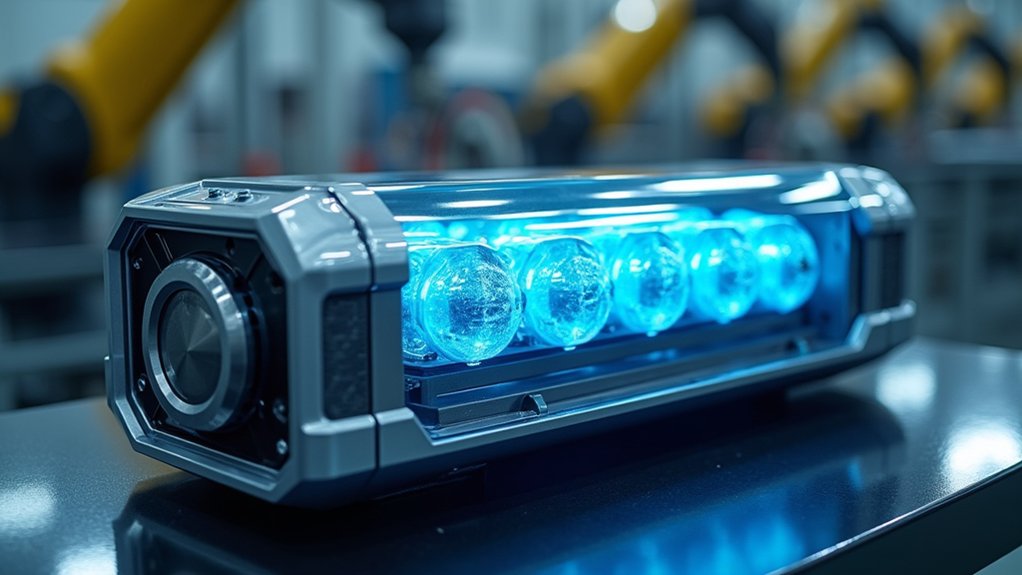

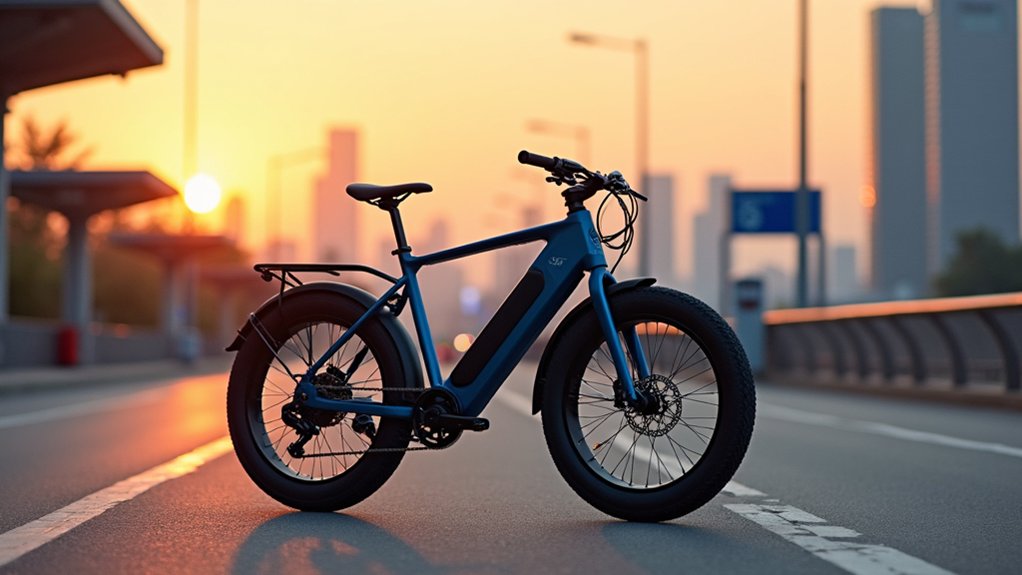

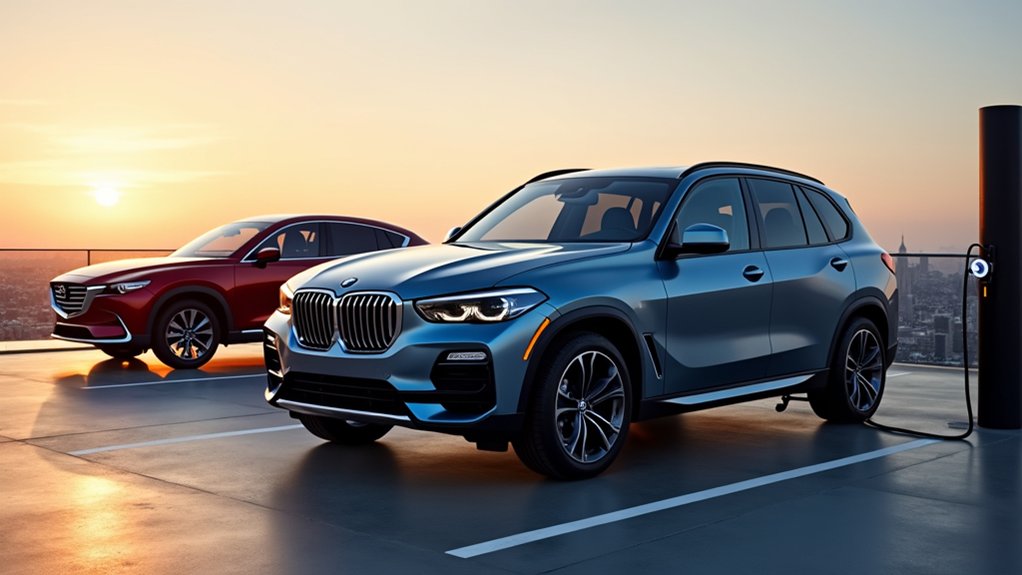
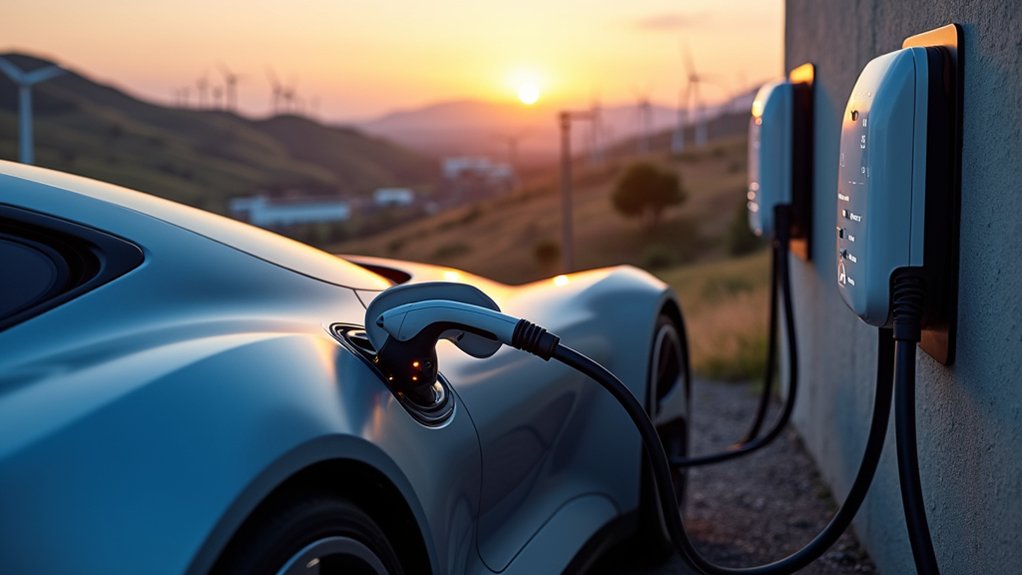

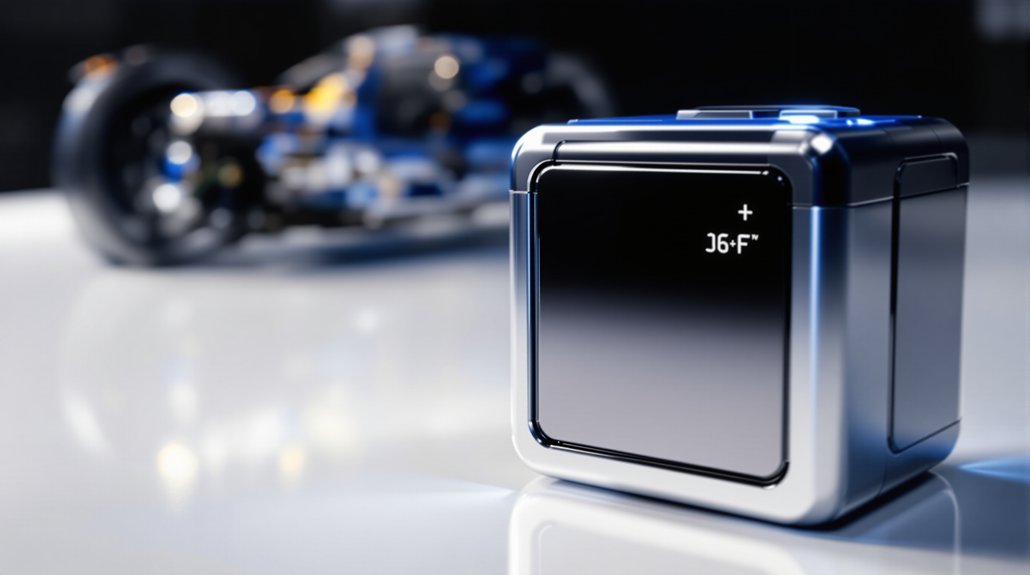

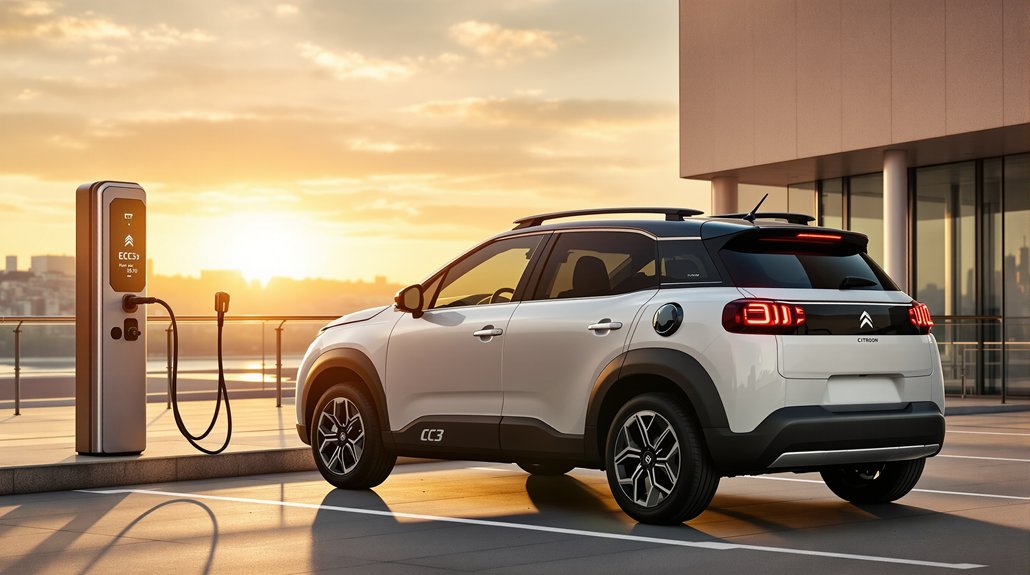
4 comments